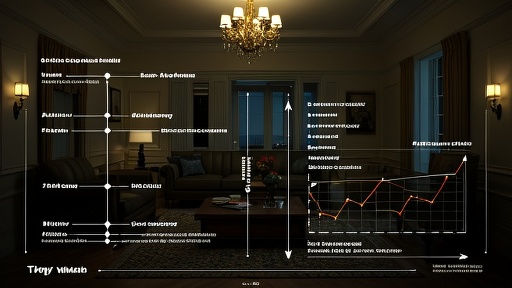Triac or 5-in-1? AClear Guide to Choosing the Best Power Supply
In the realm of power electronics, understanding the nuances between various power supply technologies is crucial for optimizing performance and efficiency. Two prominent contenders in this arena are the thyristor power supply and the 5-in-1 power supply. Let's delve into the distinct characteristics that set them apart.
Thyristor Power Supply: A Closer Look
A thyristor power supply harnesses the capabilities of thyristors, semiconductor devices known for their ability to handle high current and voltage levels. These supplies are renowned for their robustness and are often employed in applications requiring precise control over large amounts of power. The thyristor's ability to act as a switch, controlling the flow of electricity with minimal losses, makes it a staple in industrial and high-power applications. However, their complexity in terms of control circuitry and the need for sophisticated cooling solutions can be seen as drawbacks in certain scenarios.
Introducing the 5-in-1 Power Supply
On the other hand, the 5-in-1 power supply represents a more versatile and compact solution. As the name suggests, it integrates five essential functions within a single unit, typically combining AC-DC conversion, DC-DC conversion, battery charging, energy storage, and power distribution. This all-in-one approach simplifies system design, reduces space requirements, and enhances overall efficiency by minimizing energy loss during multiple conversion stages. The 5-in-1 power supply is particularly favored in modern electronic devices and renewable energy systems where space and energy efficiency are paramount.
Comparing Efficiency and Applications
When it comes to efficiency, both types have their strengths. Thyristor power supplies excel in scenarios where high power handling and durability are critical, such as in heavy machinery or electric traction. They can operate efficiently over a wide range of loads but may require additional components for reactive power compensation. In contrast, 5-in-1 power supplies shine in applications demanding compact size, lightweight design, and optimized energy usage, like smartphones, laptops, and solar power systems. Their integrated design allows for better energy management, though they might not be suitable for extremely high-power demands.

Conclusion: Choosing the Right Path
Ultimately, the choice between a thyristor power supply and a 5-in-1 power supply depends on the specific requirements of the application. If your needs revolve around high-power handling, ruggedness, and complex industrial environments, a thyristor-based solution could be the answer. Conversely, for compact, energy-efficient designs in consumer electronics or renewable energy setups, the 5-in-1 power supply offers a compelling advantage. By carefully evaluating the trade-offs between these two, engineers and designers can make informed decisions that optimize performance, reliability, and sustainability in their power supply designs.
 In heritage architecture prote
In heritage architecture prote
 When small-batch customization
When small-batch customization
 Have the electromagnetic emiss
Have the electromagnetic emiss
 When Triac dimmable power supp
When Triac dimmable power supp
